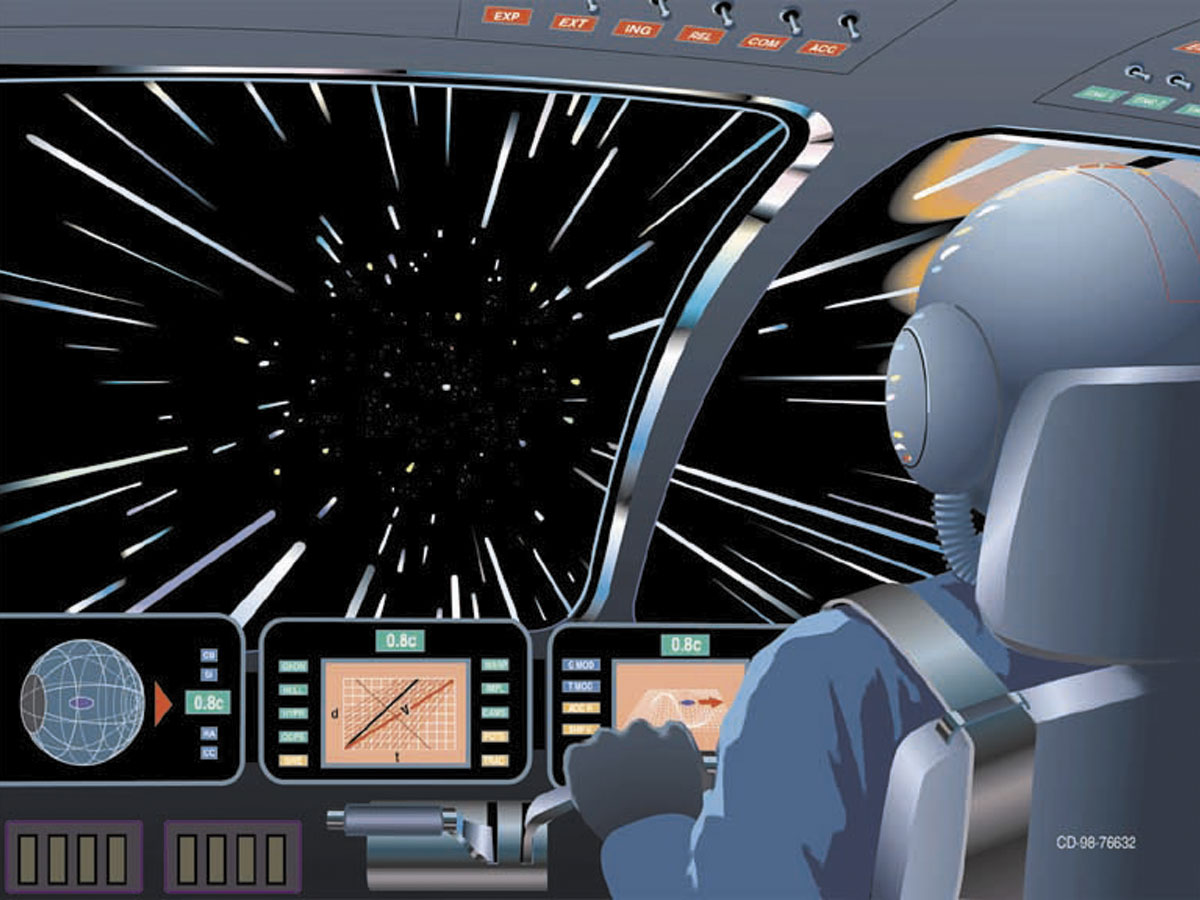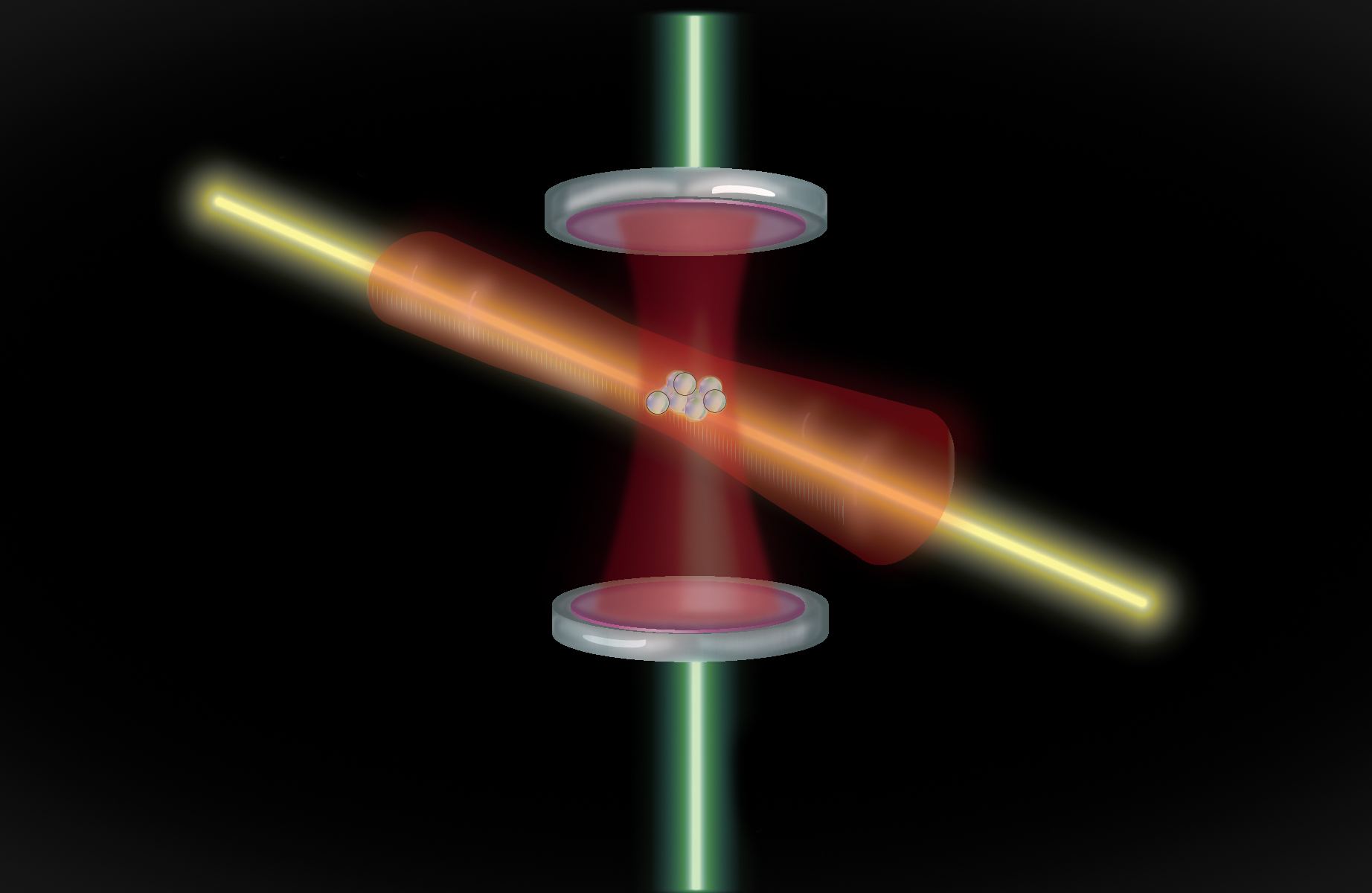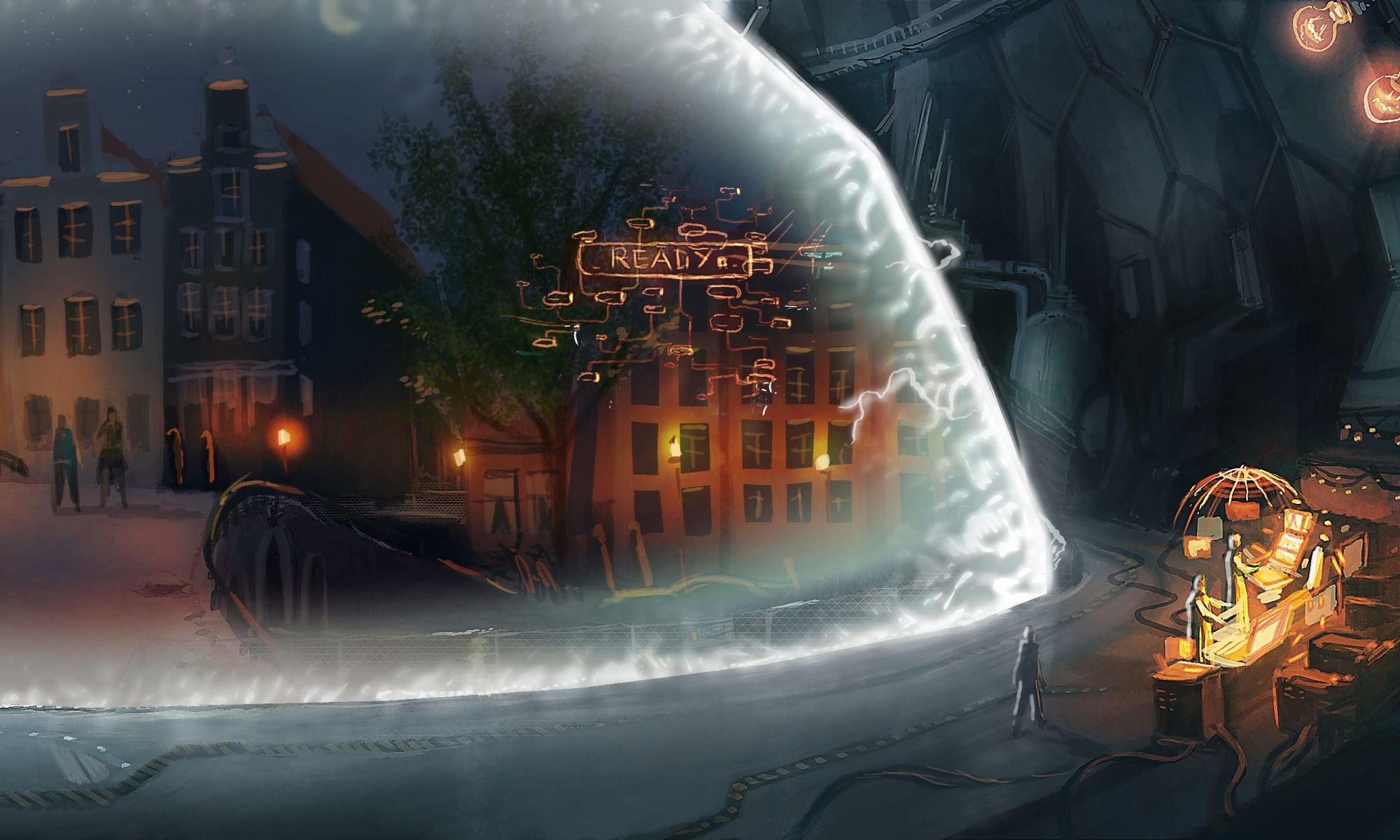If you want a galaxy-spanning science fiction epic, you’re going to need faster than light travel. The alternative is taking decades or centuries to reach an alien star system, which isn’t nearly as much fun. So, you start with some wild scientific idea, add a bit of technobabble, and poof! Quam Celerrime ad Astra. Everything from wormholes to hyperspace has been used in sci-fi, but perhaps the best known FTL trope is warp drive.
Continue reading “Alcubierre Gives us an Update on his Ideas About Warp Drives”A new Approach Could Tease out the Connection Between Gravity and Quantum Mechanics
In physics, there are two main ways to model the universe. The first is the classical way. Classical models such as Newton’s laws of motion and Einstein’s theory of relativity assume that the properties of an object such as its position and motion are absolute. There are practical limits to how accurately we can measure an object’s path through space and time, but that’s on us. Nature knows their motion with infinite precision. Quantum models such as atomic physics assume that objects are governed by interactions. These interactions are probabilistic and indefinite. Even if we constrain an interaction to limited outcomes, we can never know the motion of an object with infinite precision, because nature doesn’t allow it.
Continue reading “A new Approach Could Tease out the Connection Between Gravity and Quantum Mechanics”Quantum Theory Proposes That Cause and Effect Can Go In Loops
Causality is one of those difficult scientific topics that can easily stray into the realm of philosophy. Science’s relationship with the concept started out simply enough: an event causes another event later in time. That had been the standard understanding of the scientific community up until quantum mechanics was introduced. Then, with the introduction of the famous “spooky action at a distance” that is a side effect of the concept of quantum entanglement, scientists began to question that simple interpretation of causality.
Now, researchers at the Université Libre de Bruxelles (ULB) and the University of Oxford have come up with a theory that further challenges that standard view of causality as a linear progress from cause to effect. In their new theoretical structure, cause and effect can sometimes take place in cycles, with the effect actually causing the cause.
Continue reading “Quantum Theory Proposes That Cause and Effect Can Go In Loops”Neutrinos Have a Newly Discovered Method of Interacting With Matter, Opening up Ways to Find Them
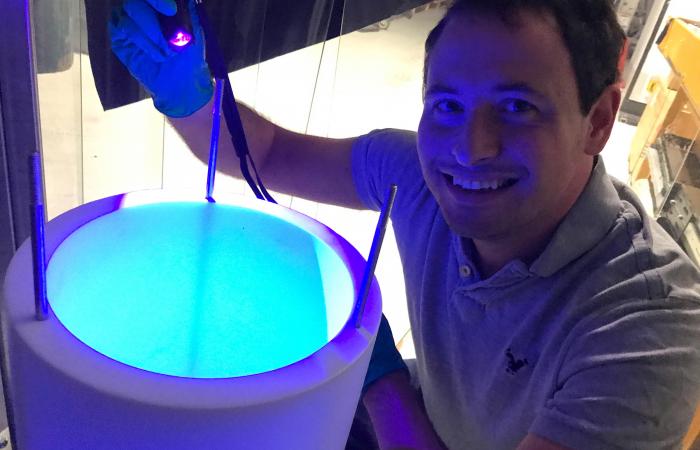
The neutrino is a confounding little particle that is believed to have played a major role in the evolution of our Universe. They also possess very little mass, have no charge, and interact with other particles only through the weak nuclear force and gravity. As such, finding evidence of their interactions is extremely difficult and requires advanced facilities that are shielded to prevent interference.
One such facility is the Oak Ridge National Laboratory (ORNL) where an international team of researchers are conducting the COHERENT particle physics experiment. Recently, researchers at COHERENT achieved a major breakthrough when they found the first evidence of a new kind of neutrino interaction, which effectively demonstrates a process known as coherent elastic neutrino-nuclear scattering (CEvNS).
Continue reading “Neutrinos Have a Newly Discovered Method of Interacting With Matter, Opening up Ways to Find Them”There's no way to Measure the Speed of Light in a Single Direction
Special relativity is one of the most strongly validated theories humanity has ever devised. It is central to everything from space travel and GPS to our electrical power grid. Central to relativity is the fact that the speed of light in a vacuum is an absolute constant. The problem is, that fact has never been proven.
Continue reading “There's no way to Measure the Speed of Light in a Single Direction”A new Type of Atomic Clock Uses Entangled Atoms. At Most, it Would be off by 100 Milliseconds Since the Beginning of the Universe
Measuring time is about counting steps. Whether it’s the drip-drip of a water clock, the tic-toc of a mechanical clock, or the oscillating crystal of a quartz watch. Any accurate timepiece is built around counting the steps of something regular and periodic. Nothing is perfectly regular, so no clock keeps perfect time, but our timepieces are getting very, very accurate.
Continue reading “A new Type of Atomic Clock Uses Entangled Atoms. At Most, it Would be off by 100 Milliseconds Since the Beginning of the Universe”There’s a new record for the shortest time measurement: how long it takes light to cross a hydrogen molecule
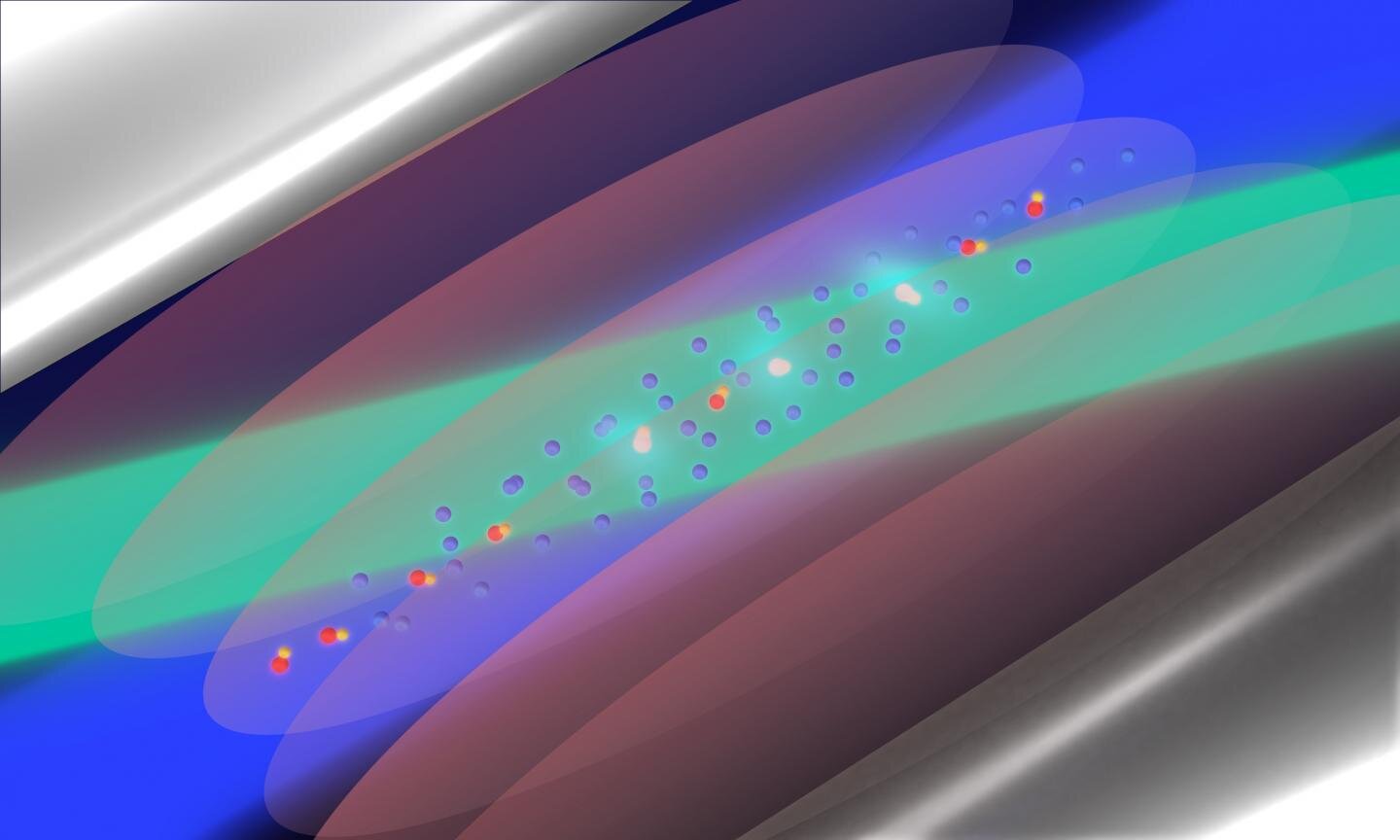
To measure small differences in time, you need a really tiny clock, and researchers in Germany have discovered the smallest known clock: a single hydrogen molecule. Using the travel of light across the length of that molecule, those scientists have measured the smallest interval of time ever: 247 zeptoseconds. Don’t know what a “zepto” is? Read on…
Continue reading “There’s a new record for the shortest time measurement: how long it takes light to cross a hydrogen molecule”Time Travel, Without the Pesky Paradoxes
Time travel is a staple of science fiction, and not without reason. Who wouldn’t want to go back in time to explore history, or save the world from catastrophe. Time travel has also been deeply studied within the context of theoretical physics because it tests the limits of our scientific theories. If time travel is possible, it has implications for everything from the origin of the universe to the existence of free will. One of the central problems of time travel theory is that it gives rise to logical paradoxes. But a couple of researchers think they have solved the pesky paradox problem.
Continue reading “Time Travel, Without the Pesky Paradoxes”Even Comets Can Have Auroras. Comet 67P/Churyumov-Gerasimenko Does
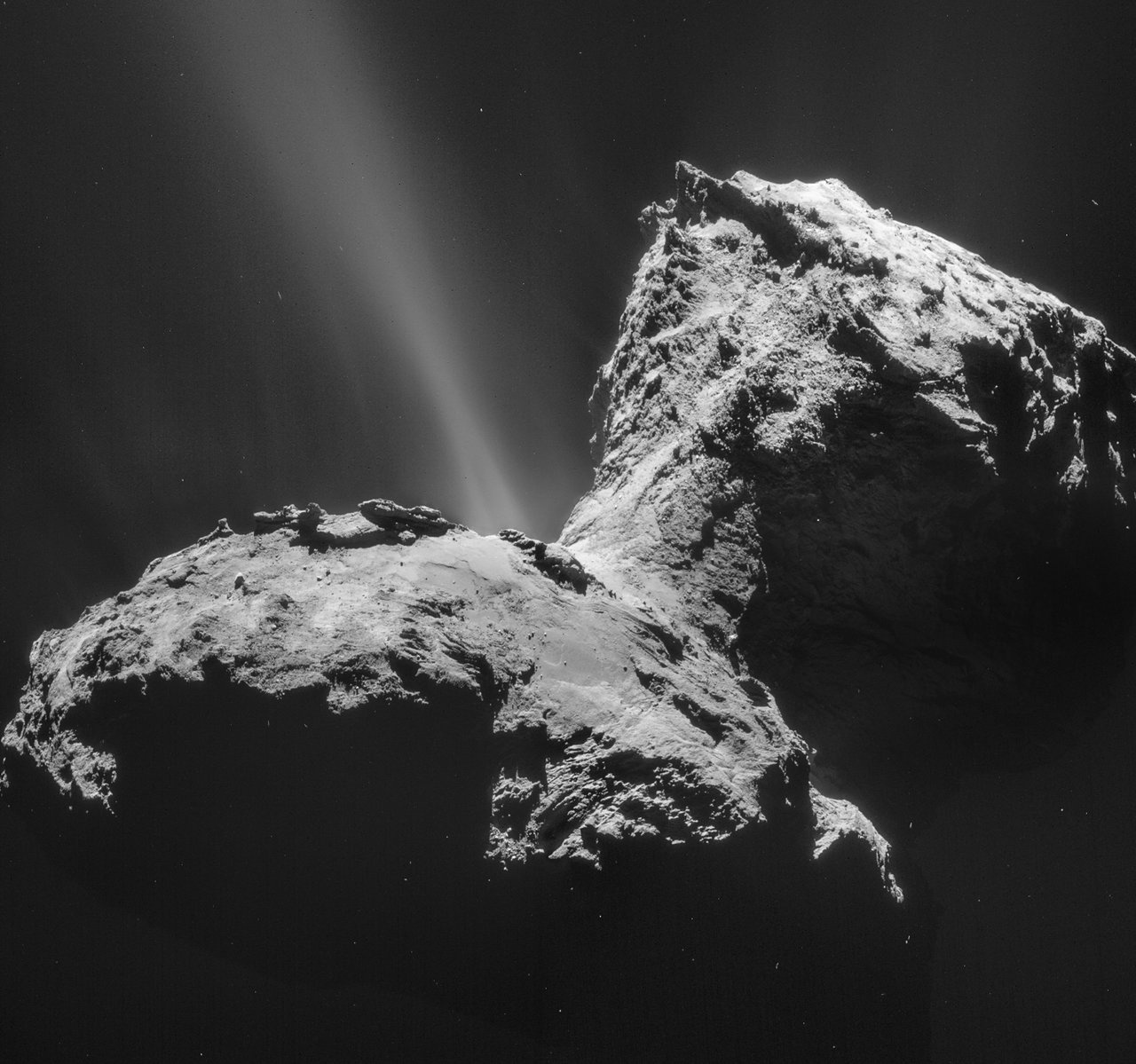
The ESA’s Rosetta mission to Comet 67P/Churyumov-Gerasimenko ended four years ago. On September 30th 2016 the spacecraft was directed into a controlled impact with the comet, putting an end to its 12.5 year mission. Scientists are still working with all its data and making new discoveries.
A new study based on Rosetta data shows that Comet 67P has its own aurora.
Continue reading “Even Comets Can Have Auroras. Comet 67P/Churyumov-Gerasimenko Does”Behold! The Black Hole Collision Calculator!
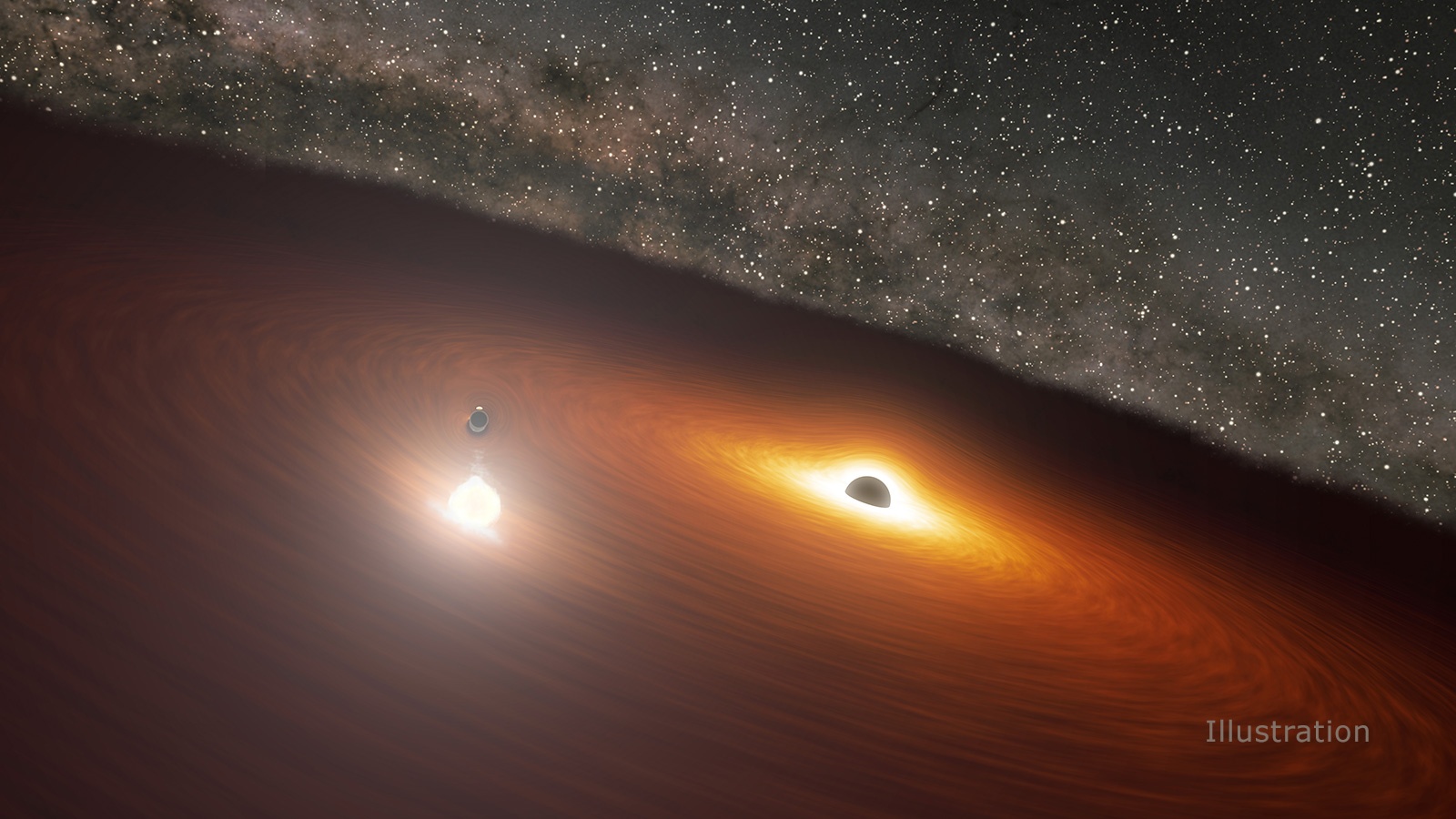
Black holes have been the subject of intense interest ever since scientists began speculating about their existence. Originally proposed in the early 20th century as a consequence of Einstein’s Theory of General Relativity, black holes became a mainstream subject a few decades later. By 1971, the first physical evidence of black holes was found and by 2016, the existence of gravitational waves was confirmed for the first time.
This discovery touched off a new era in astrophysics, letting people know collision between massive objects (black holes and/or neutron stars) creates ripples in spacetime that can be detected light-years away. To give people a sense of how profound these events are, Álvaro Díez created the Black Hole Collision Calculator (BHCC) – a tool that lets you see what the outcome of a collision between a black hole and any astronomical object would be!
Continue reading “Behold! The Black Hole Collision Calculator!”



